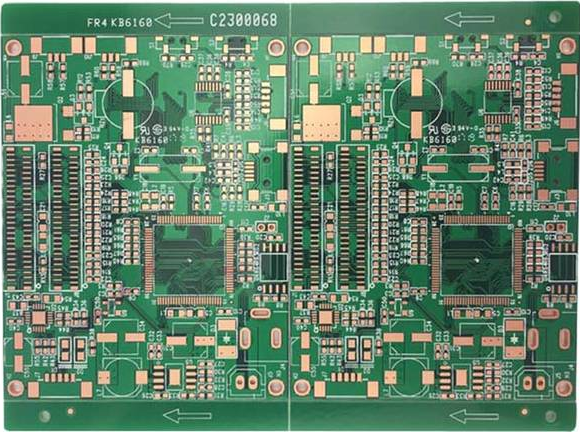5g mobile communication terminal adopts high-frequency circuit board technology to meet the challenge of thinking. First of all, the dielectric constant of the high-frequency circuit board determines the transmission speed of the electrical signal in the medium. The lower the dielectric constant, the faster the signal transmission speed. Therefore, high-frequency PCB boards need to choose low-dielectric constant dielectric materials. High-frequency PCB s need to choose a dielectric material with a low dielectric constant. As the frequency increases, the loss in the substrate is no longer negligible, and the loss of signal transmission energy is proportional to the loss factor and frequency.

Therefore, in order to meet the requirements of high frequency, high speed, high density, high dielectric constant (DK≤3), low loss factor (DF≤0.005), glass transition temperature (TG>165 degree Celsius), and good dimensional stability (low CTE), CAF resistance (conductive anode wire) and good processability require mobile terminal boards. The base material of the hard board is preferably fluorinated resin (PTFE, polytetrafluoroethylene), and the base material of the soft board is preferably modified polyimide (MPI) or liquid crystal polymer (LCP).
In order to meet the high heat dissipation requirements caused by high heat generation, it is recommended to add materials with good thermal conductivity (such as ceramic powder such as alumina and silica) to the selected dielectric materials. When conditions permit, for PCB circuit boards in high-heating functional areas, it is best to use metal-based copper clad laminates (such as aluminum substrates). The conductor layer is covered on the insulated aluminum base, and the heat generated in the conductors in the board is quickly transmitted through the aluminum plate. Go out to achieve efficient heat dissipation.